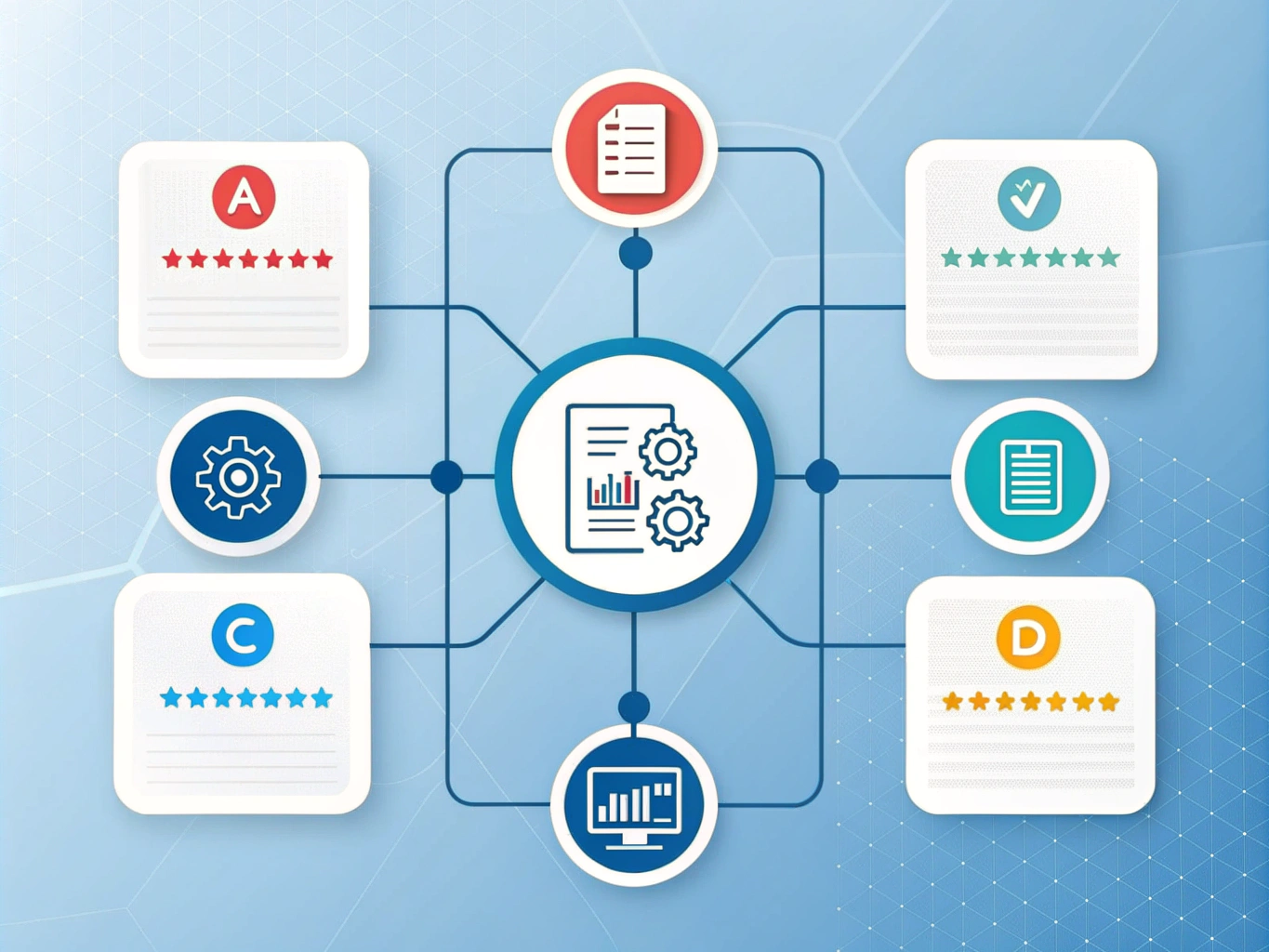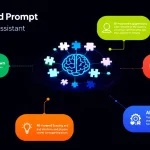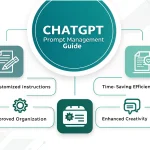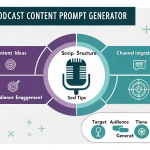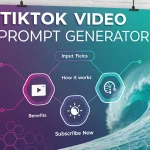Prompt Structure Generator
Is this tool helpful?
How to Use the Prompt Structure Generator Effectively
Follow these steps to create clear and detailed prompts using the Prompt Structure Generator:
-
Task Description: Describe the specific task or topic you want help with. Example inputs include:
- “Design a social media content calendar for a nonprofit focusing on environmental awareness.”
- “Outline a lesson plan for teaching basic coding skills to middle school students.”
-
Output Format (Optional): Specify how you want the response formatted. Examples include:
- “Step-by-step checklist”
- “Detailed report with executive summary”
-
Output Length (Optional): Indicate the desired length. You can use general terms or exact numbers such as:
- “Concise summary”
- “Approximately 1000 words”
-
Specific Requirements (Optional): Add any particular conditions or instructions. For instance:
- “Include actionable tips for beginner-level participants.”
- “Highlight common issues and troubleshooting advice.”
- Generate: Click the button to receive a tailored prompt structure that fits your needs.
After generating your prompt structure, you can copy it easily for use in AI models, project planning, or other applications.
What Is the Prompt Structure Generator and Why Use It?
The Prompt Structure Generator helps you build well-organized and comprehensive prompts suited for various tasks and industries. By guiding you through simple input fields, it ensures your prompt is clear, detailed, and ready to deliver accurate and useful responses from AI or human collaborators.
Core Benefits of the Tool
- Clarity: Craft precise prompts that reduce confusion and improve result quality.
- Time-Saving: Quickly generate well-structured prompts without manual formatting.
- Consistency: Maintain a uniform style for prompts across multiple projects or teams.
- Better Communication: Facilitate clearer exchanges between you and collaborators or AI systems.
- Adaptability: Use it for varied tasks—from business strategy to creative writing.
Practical Use Cases for the Prompt Structure Generator
1. Academic Research Support
Researchers can create detailed research outlines, literature reviews, or grant proposals with structured prompts.
- Task Description: “Draft a methodology section for a master’s thesis on renewable energy adoption barriers.”
- Output Format: “Formal report with numbered sections.”
- Output Length: “Around 1500 words.”
- Specific Requirements: “Include recent studies, data analysis methods, and limitations.”
2. Business Planning and Strategy
Entrepreneurs use it to outline business plans, investor presentations, or marketing strategies.
- Task Description: “Create an executive summary for a new e-commerce platform targeting eco-friendly products.”
- Output Format: “Bullet points highlighting key market metrics.”
- Output Length: “Brief, no more than 500 words.”
- Specific Requirements: “Focus on competitive advantages and growth potential.”
3. Content Planning and Marketing
Marketers and writers benefit by structuring articles, social media campaigns, or newsletters efficiently.
- Task Description: “Plan a webinar agenda on effective remote team management.”
- Output Format: “Detailed agenda with time allocations.”
- Output Length: “Medium length (around 800 words).”
- Specific Requirements: “Highlight interactive session ideas and Q&A periods.”
4. Product Development Documentation
Product teams use it to generate clear requirement documents, feature lists, or testing plans.
- Task Description: “Outline technical specifications for a health tracking wearable.”
- Output Format: “Structured sections with subheadings.”
- Output Length: “Extended, around 4000 words.”
- Specific Requirements: “Include sensor descriptions, data security measures, and UI guidelines.”
FAQs About the Prompt Structure Generator
Q1: Can I use this tool for creative writing projects?
Yes, you can generate prompt structures for creative tasks like story outlines, character development, or scriptwriting. Just tailor your task description and specific requirements accordingly.
Q2: How specific should my task description be?
The clearer and more detailed your description, the more helpful and customized your prompt structure will be. Include your goals and any key elements you want covered.
Q3: Can I save the generated prompts for later use?
While the tool doesn’t save prompts internally, you can copy your results and store them in any document or note-taking app for easy future access.
Q4: Is the tool suitable for team collaboration?
Absolutely. It helps teams maintain consistent prompt structures across projects, streamlining communication and alignment.
Q5: Can I use the generated prompts with AI language models?
Yes. This tool creates clear, well-organized prompts that improve AI model responses and overall interaction quality.
Important Disclaimer
The calculations, results, and content provided by our tools are not guaranteed to be accurate, complete, or reliable. Users are responsible for verifying and interpreting the results. Our content and tools may contain errors, biases, or inconsistencies. Do not enter personal data, sensitive information, or personally identifiable information in our web forms or tools. Such data entry violates our terms of service and may result in unauthorized disclosure to third parties. We reserve the right to save inputs and outputs from our tools for the purposes of error debugging, bias identification, and performance improvement. External companies providing AI models used in our tools may also save and process data in accordance with their own policies. By using our tools, you consent to this data collection and processing. We reserve the right to limit the usage of our tools based on current usability factors.
